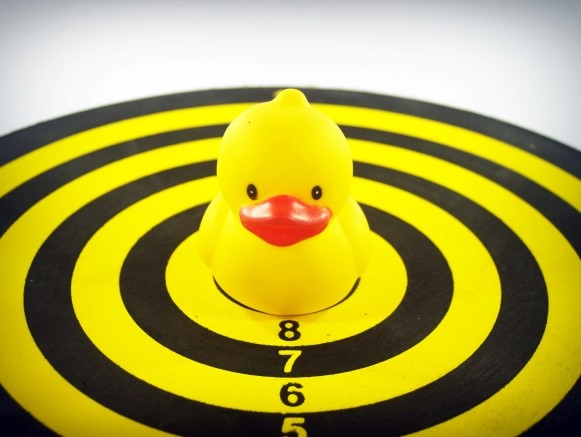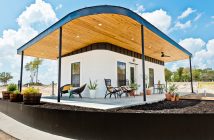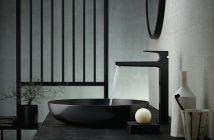Heat Pump Trouble Shooting and Tips to Improved Performance
If you have a heat pump for pool or water heating at your home, consider the following troubleshooting and tips to improve the performance of your system.
The pump does not turn on: First check your power supply. Check the circuit breaker (main box) switch that feeds your heat pump system – this could also be ‘wall plugs’ circuit breakers represented on your main box if the pump is run from a wall socket. Turn the switch off and on to reset even if it does not appear to be tripped. Once you have established that there is power, push the reset button for the motor on the pump itself. If the system still does not work, then a technician should be called.
Noisy Heat Pumps: Good quality heat pumps are generally very quiet during operation. Excessive noise is usually caused by the mounting brackets vibrating loose. Check that the mounting bolts and brackets are securely fastened. Use rubberised washers when fastening to offset excessive vibration. If you experience a loud clattering noise then the problem could be the fan malfunction. This will require a technician to carry out the necessary repairs
The problem of mixing with existing geyser: Where heat pumps are used with existing geysers, there are often problems with mixing. Make sure there are no regulators or defuses installed, the system flow speed control should work adequately.
Pressure is too high or too low: This is usually caused by a defective evaporator and/or compressor. This would lead to low head pressure. If the head pressure is too high, it can be caused by a condenser that has become contaminated or the over-consumption of refrigerant has occurred.
- Insufficient heat produced: Make sure there is adequate airflow to the unit. The system needs airflow to generate heat. Secondly, check the filter to make sure that it is clean and in a good state of repair. Lastly, check your thermostat to make sure that the temperature setting is correct – it may be set too low.
- Tips to ensure optimal performance:
- Use a registered plumber to install or carry out the necessary repairs
- Specify SABS components for parts replacement or repairs
- Install the system on the north side of the house where the ambient temperature is highest. If this is not possible, then the second choice should be on the west side
- Protect the system from the elements by encasing or covering without restricting air flow
- Do not install directly onto the floor surface
- The vertical distance to the tank must not be more than 3 meters and the entire distance from heat pump to geyser must not be more than 5.5m (total of 11m there and back)
- Mount with anti-vibration brackets
- The water stored in the geyser must be a minimum of 55 degrees
- Use a combination TP valve and ensure that the geyser installation is compliant SANS (South African National Standard)
- It is advisable and safe to install a relay timer to regulate the system for optimal performance
- Install an isolator for both the geyser and the heat pump to protect both systems
Author: The Building Whisperer











